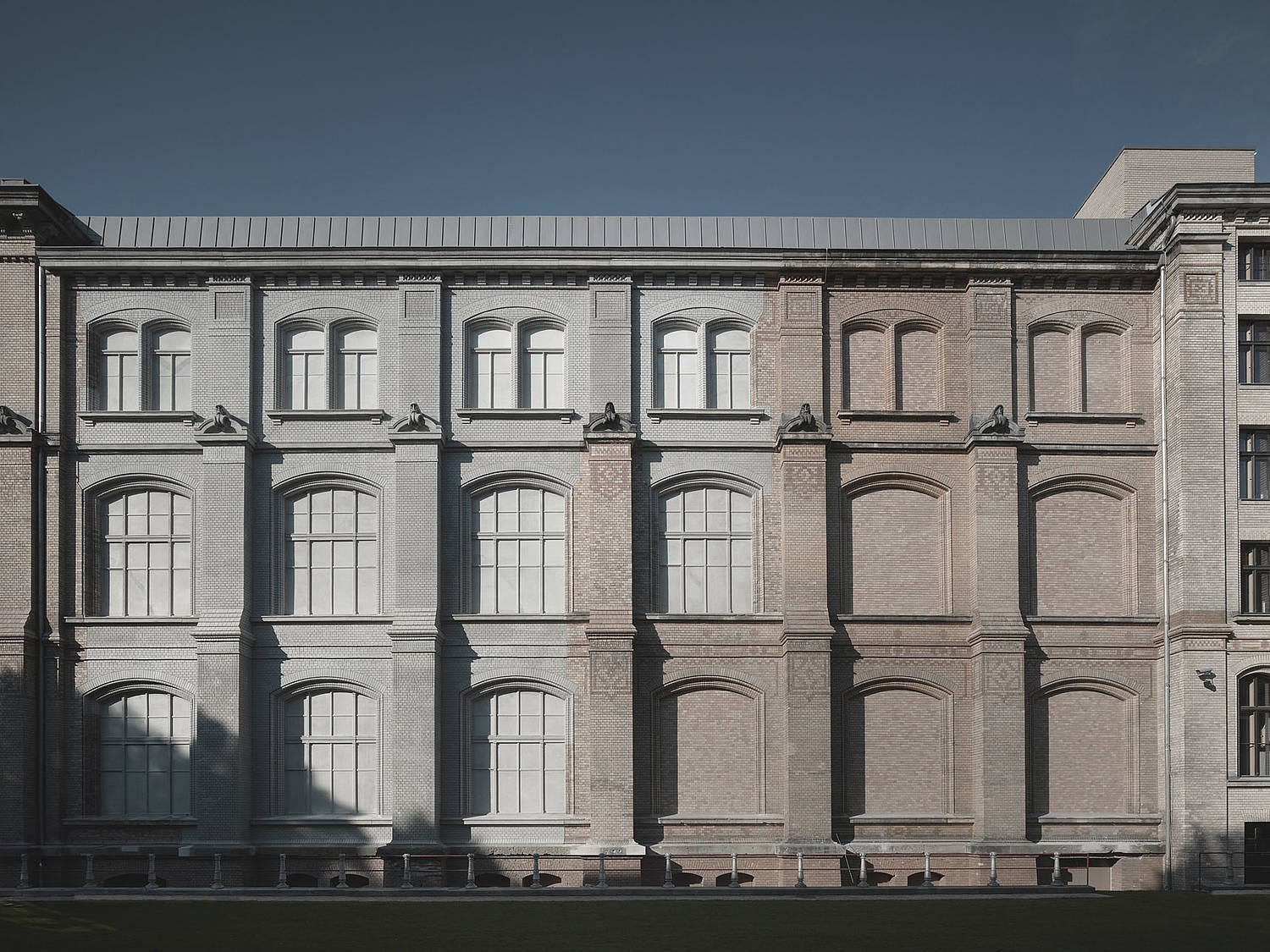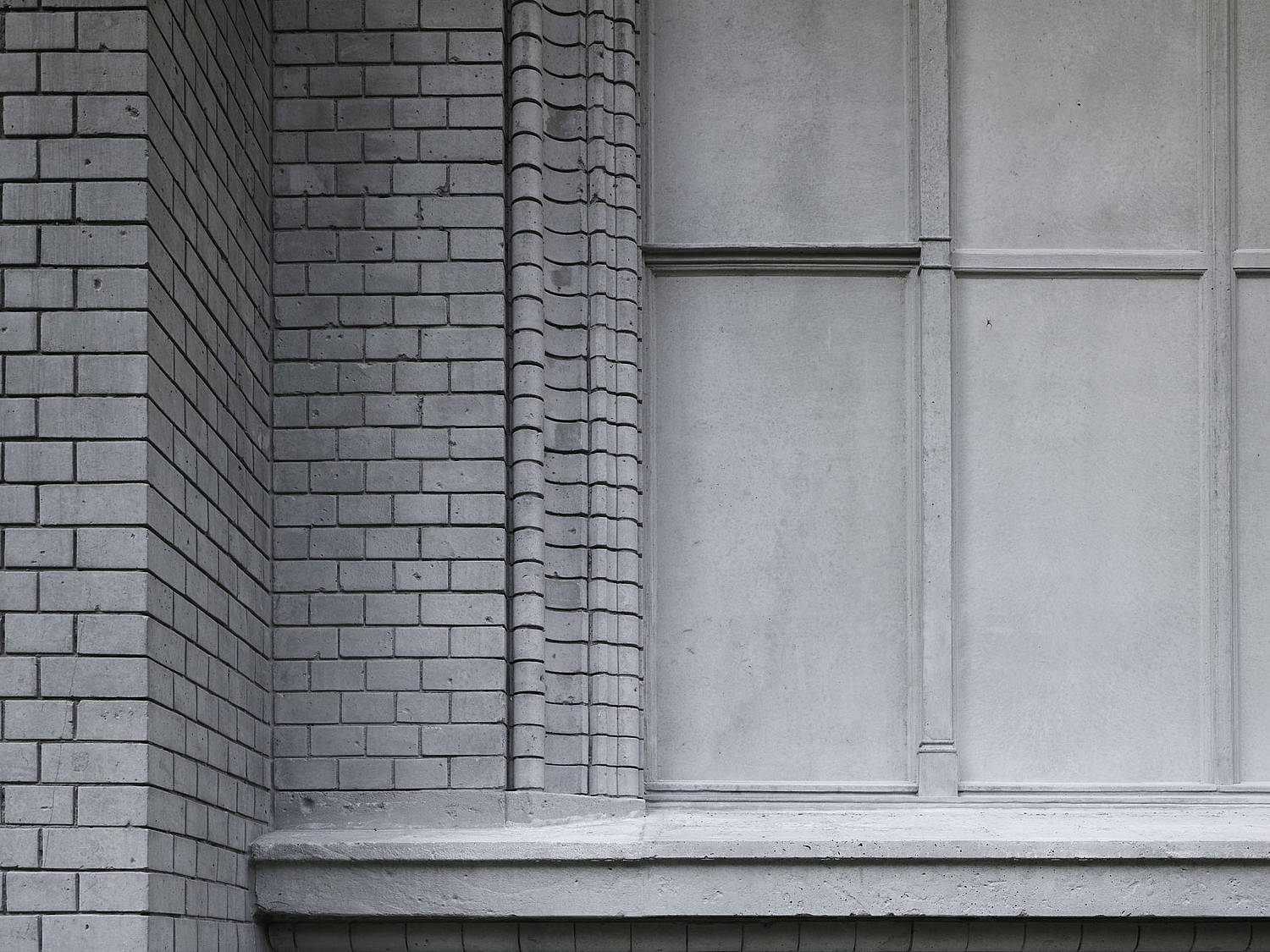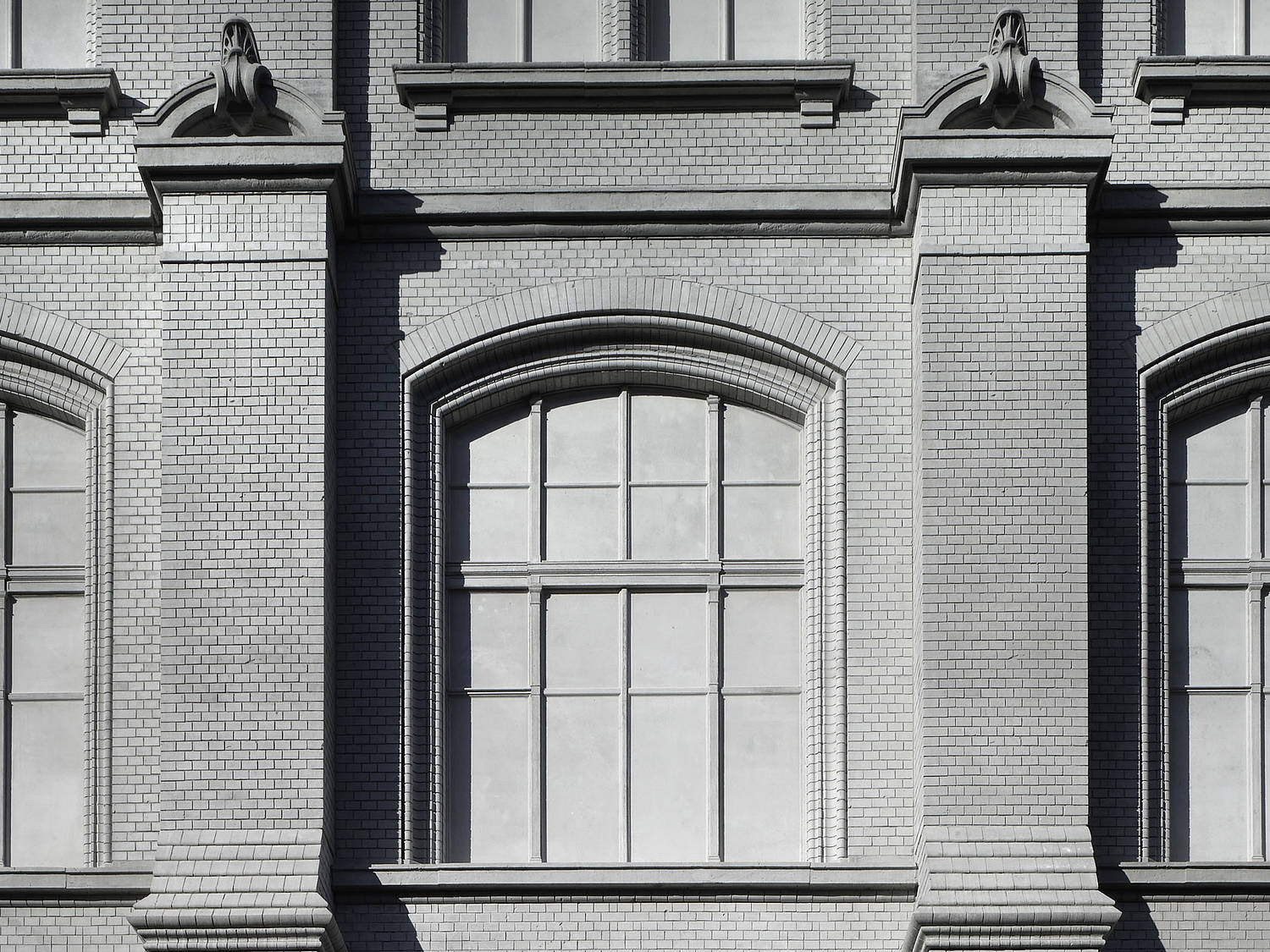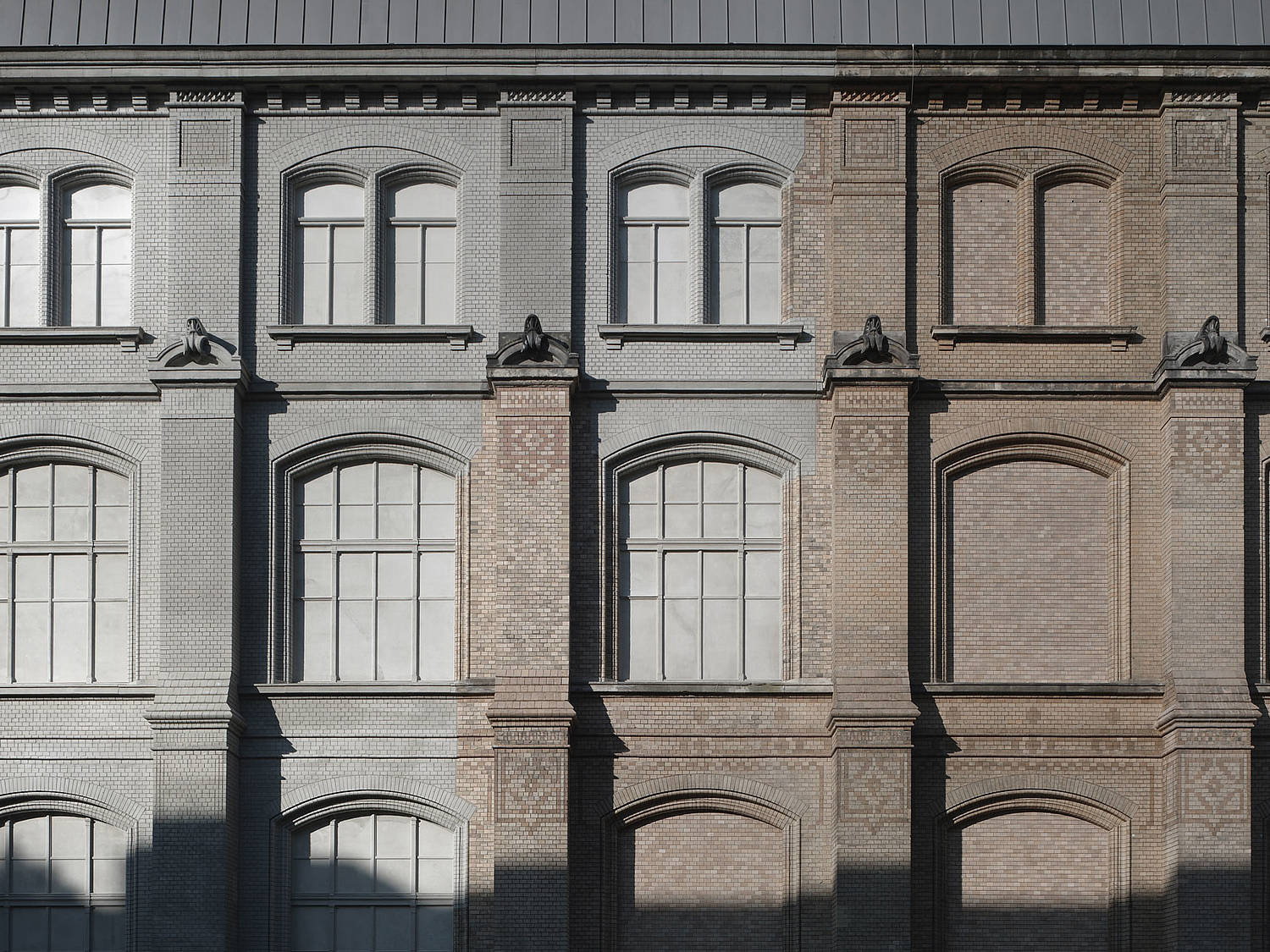Museum for Natural Science, Berlin, Germany
For decades, the GDR-leadership allowed the bombed-out east wing of Berlin’s Natural History Museum to decay. After the Reunification came the reconstruction: The façade was carefully restored with customized formliners.
The Natural History Museum in Berlin had been an eye-catcher for a long time: As it was hit by a bomb in the Second World War, the east wing of the building attested to the war’s consequences for decades. Since the reconstruction in 2010, pedestrians have been directing their gazes toward the restored façade: It almost seems as if the building never incurred any damages.
With the pillars and flat window arches, the new façade parts seamlessly connect to the historical building parts, which served as the models for their construction. To do so, bricks, joints, cornices, window handles and pillar heads in the inner courtyard were molded. After the imprints were taken, RECKLI manufactured individual formliners, on to which the façade elements were cast.
Up to 45 tons of heavy façade parts were set into the gaps with the help of a crane. Merely the difference in colors on the façade impress upon the viewer that not everything is made from a single cast. The architects consciously left the new concrete façade parts gray, in order to distinguish them from the original yellow-gray bricks.
A further special feature are the closed windows. Windows and up to braces in the new façade parts were impregnated into the concrete with the help of formliners. The old, mainly burned out window hollows were closed-off with bricks. That step served as a safety measure, as the new function of the east wing required special fire protection measures. More than a million fish and reptile specimens are stored inside, preserved in tens of thousands of liters of alcohol – a potential for a gigantic fireball. The restored façade combines functionality and historical details in a unique fashion.



